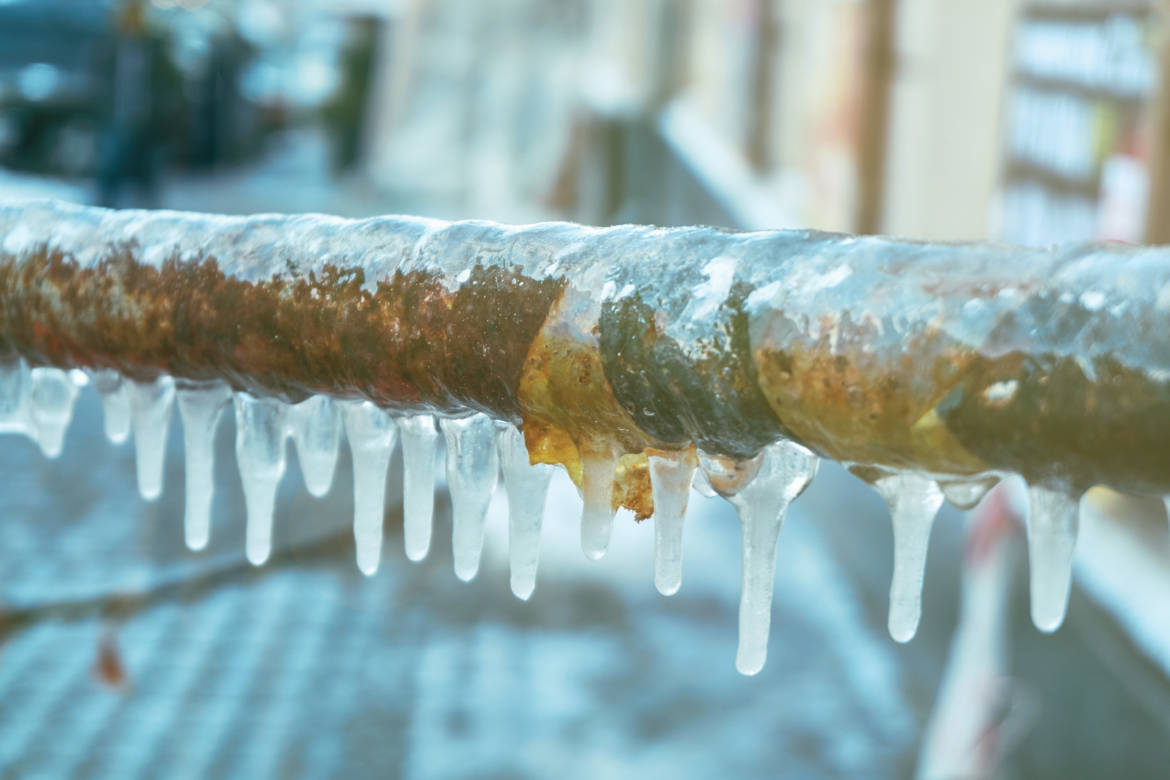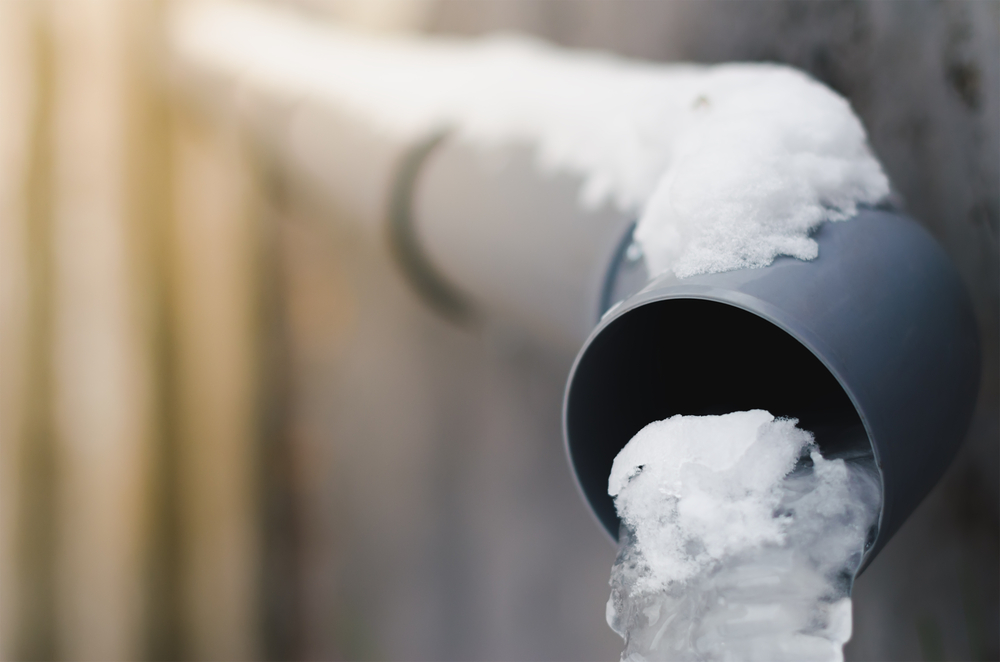Ways to Safeguard Your Plumbing from Freezing: Key Tips
Ways to Safeguard Your Plumbing from Freezing: Key Tips
Blog Article
They are making a few great annotation about How to Prevent Your Pipes From Freezing overall in this post directly below.

Cold weather can ruin your pipes, particularly by freezing pipes. Right here's how to prevent it from happening and what to do if it does.
Introduction
As temperature levels drop, the threat of frozen pipes boosts, potentially leading to expensive fixings and water damage. Comprehending how to avoid icy pipelines is important for property owners in cool environments.
Comprehending Icy Pipelines
What creates pipelines to ice up?
Pipes freeze when subjected to temperature levels below 32 ° F (0 ° C) for prolonged durations. As water inside the pipelines freezes, it expands, taxing the pipeline walls and potentially creating them to rupture.
Risks and problems
Frozen pipelines can cause supply of water disruptions, home damage, and pricey repair services. Burst pipes can flooding homes and trigger extensive architectural damages.
Signs of Frozen Water Lines
Identifying icy pipes early can avoid them from breaking.
How to identify icy pipelines
Look for decreased water flow from faucets, uncommon odors or noises from pipelines, and noticeable frost on revealed pipelines.
Avoidance Tips
Insulating vulnerable pipelines
Cover pipelines in insulation sleeves or utilize warm tape to safeguard them from freezing temperatures. Concentrate on pipes in unheated or exterior locations of the home.
Heating strategies
Maintain indoor spaces appropriately heated up, specifically locations with pipes. Open up cabinet doors to enable cozy air to circulate around pipes under sinks.
Safeguarding Exterior Pipes
Yard tubes and outdoor faucets
Separate and drain pipes yard pipes prior to winter months. Mount frost-proof faucets or cover outside taps with protected caps.
What to Do If Your Pipes Freeze
Immediate activities to take
If you suspect icy pipelines, keep faucets open up to relieve pressure as the ice thaws. Utilize a hairdryer or towels taken in hot water to thaw pipes slowly.
Long-Term Solutions
Structural changes
Think about rerouting pipes far from outside walls or unheated locations. Add additional insulation to attics, basements, and crawl spaces.
Updating insulation
Purchase high-grade insulation for pipes, attic rooms, and wall surfaces. Correct insulation helps keep consistent temperatures and minimizes the risk of frozen pipes.
Verdict
Preventing icy pipelines calls for aggressive actions and quick responses. By understanding the reasons, indicators, and safety nets, homeowners can shield their pipes during cold weather.
5 Ways to Prevent Frozen Pipes
Drain Outdoor Faucets and Disconnect Hoses
First, close the shut-off valve that controls the flow of water in the pipe to your outdoor faucet. Then, head outside to disconnect and drain your hose and open the outdoor faucet to allow the water to completely drain out of the line. Turn off the faucet when done. Finally, head back to the shut-off valve and drain the remaining water inside the pipe into a bucket or container. Additionally, if you have a home irrigation system, you should consider hiring an expert to clear the system of water each year.
Insulate Pipes
One of the best and most cost-effective methods for preventing frozen water pipes is to wrap your pipes with insulation. This is especially important for areas in your home that aren’t exposed to heat, such as an attic. We suggest using foam sleeves, which can typically be found at your local hardware store.
Keep Heat Running at 65
Your pipes are located inside your walls, and the temperature there is much colder than the rest of the house. To prevent your pipes from freezing, The Insurance Information Institute suggests that you keep your home heated to at least 65 degrees, even when traveling. You may want to invest in smart devices that can keep an eye on the temperature in your home while you’re away.
Leave Water Dripping
Moving water — even a small trickle — can prevent ice from forming inside your pipes. When freezing temps are imminent, start a drip of water from all faucets that serve exposed pipes. Leaving a few faucets running will also help relieve pressure inside the pipes and help prevent a rupture if the water inside freezes.
Open Cupboard Doors
Warm your kitchen and bathroom pipes by opening cupboards and vanities. You should also leave your interior doors ajar to help warm air circulate evenly throughout your home.

I stumbled upon that post on Prevent Frozen Pipes while doing a lookup on the web. Sharing is nice. You never know, you may very well be helping someone out. Thanks so much for your time spent reading it.
Learn More Report this page